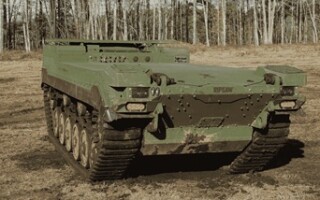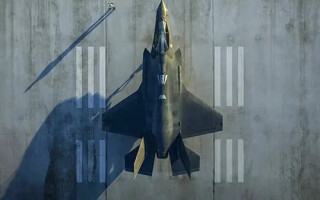By Jeff Lessner, Vice President, Defense and Intelligence Systems Division, Hughes Network Systems.
Walking the floors and attending the sessions at the Satellite 2022 show I found that the buzz within the military satellite industry continues to be the deep need for greater resilience in the Department of Defense (DoD) communications architecture. But discussion these days isn’t just about the need for it, it’s about technologies that can deliver it.



















